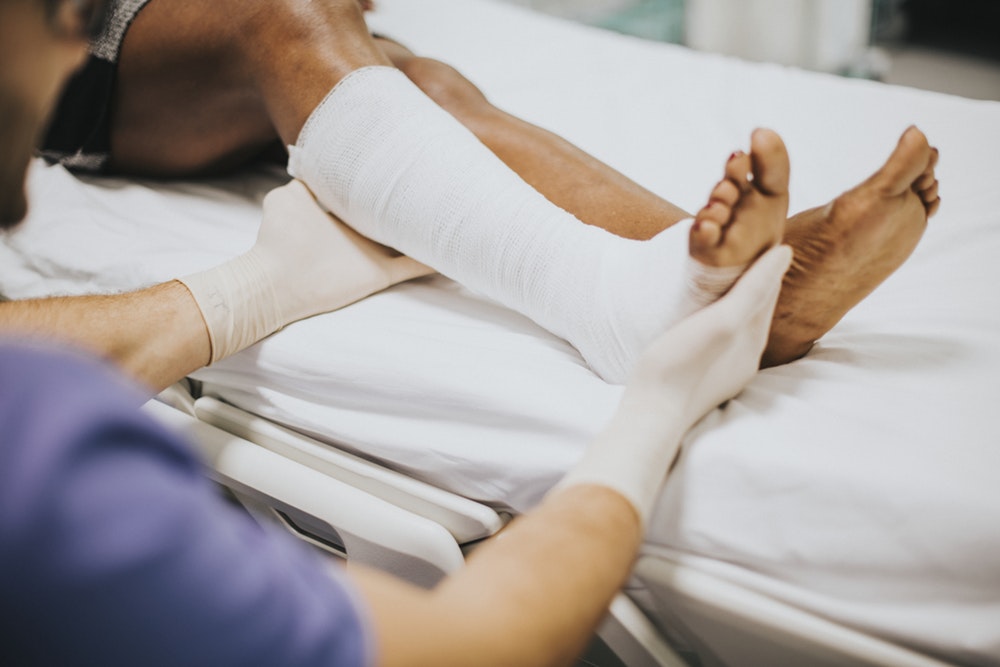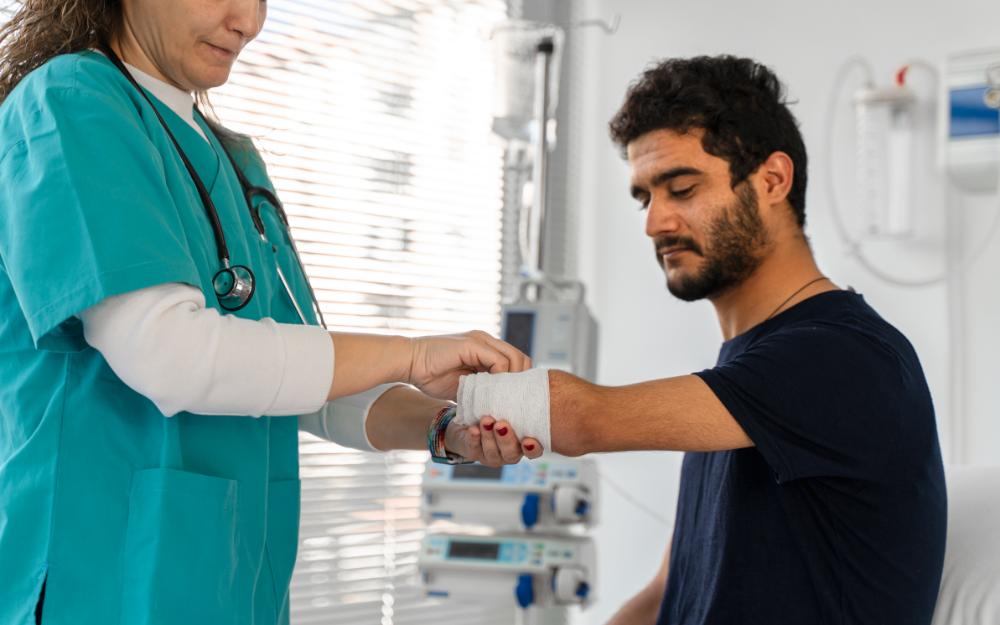‘Contributory Negligence’ Means in a Personal Injury Claim
In a personal injury claim, contributory negligence is where the actions of an injured person have contributed to the injury that has occurred. In other words, if one sustains injuries because another was negligent, the defence may claim that something was done or failed to be done by the plaintiff that contributed to the way the injuries occurred. In this situation it’s the responsibility of the party claiming contributory negligence, the defendant, to prove that on the balance of probabilities, contributory negligence took place.
Types of Contributory Negligence
There are two kinds of contributory negligence. The first takes into account the circumstances of the accident, while the second is concerned with the extent of the injury that has been sustained.
Examples of Contributory Negligence and the Circumstances Surrounding the Accident
The amount of compensation that may be paid is dependent upon a number of factors, including:
- The amount of financial loss that the injured person has suffered (loss of income as a result of not being able to work);
- the extent of the injuries sustained by the claimant;
- the amount and extent of damage that was caused to any personal property (and the kind of personal property that was damaged).
To provide an example of contributory negligence, imagine that a pedestrian decided to cross a road without first checking it was clear and then causes an accident in which he is hit by a car. The pedestrian then files a compensation claim against the driver who hit him. However, the driver (or their CTP insurer) will likely claim that the pedestrian stepped out onto the road in front of them and the driver had no way of avoiding the collision. The driver would be alleging, therefore, that the pedestrian’s actions were contributorily negligent in causing the accident.
The factual circumstances surrounding the accident are crucial to the success of a claim of contributory negligence. In the example above, the driver of the vehicle may even claim that the fault of the accident is entirely the pedestrian’s because he stepped out in front of the driver’s vehicle. In response, the pedestrian may argue that although he stepped out onto the road without looking, the driver had a sufficient amount of time to see the pedestrian and could have avoided the collision. Importantly, a plaintiff may still have grounds for a successful personal injury claim despite their risky behaviour leading to a claim of contributory negligence by the other party.
Percentages
The Court generally uses percentages to determine the amount of contributory negligence that has taken place. For example, in the pedestrian and driver example, the Court may apportion responsibility between the parties and find that both the driver and the pedestrian contributed equally to the accident. The Court may then rule that 50% of the fault was on the pedestrian.
The effect on compensation
If the Court finds the plaintiff to have been contributorily negligent in causing the injuries sustained in the accident, the plaintiff’s compensation for gross damages will be reduced. For example, if the Court rules that 50% of the fault belongs to the pedestrian, then his compensation will be lowered by 50%.
Intoxication and criminal activity
There are statutory provisions that impose mandatory reductions for contributory negligence. The Civil Liability Act 2003 (CLA) states that in a scenario when the plaintiff is intoxicated, this will have contributed to the injuries that they sustained and their claim for damages will automatically be reduced by 25%. Furthermore, in cases where a motor vehicle and intoxication are involved, the mandatory reduction goes from 25% to 50%.
If a person is found to have been injured whilst participating in criminal activity when they claim compensation, the Court may decide not to award any damages at all. However, even in this situation, if no compensation award for damages seems too unfair, the Court may decide to award some amount.
Conclusion
If you have been involved in an accident, it is advisable that you immediately seek legal advice. A legal specialist Parramatta personal injury lawyers will help you to understand your rights and determine the rightful amount of compensation that may be available to you. please contact an experienced Personal Injury lawyers Perth as soon as possible.








